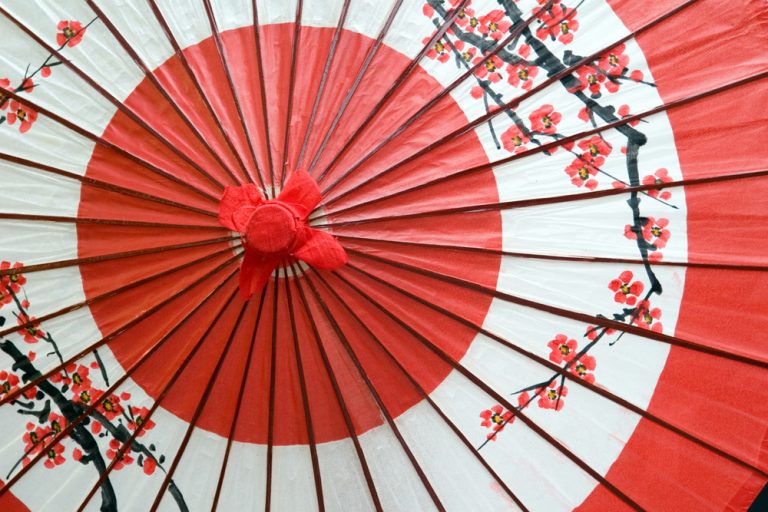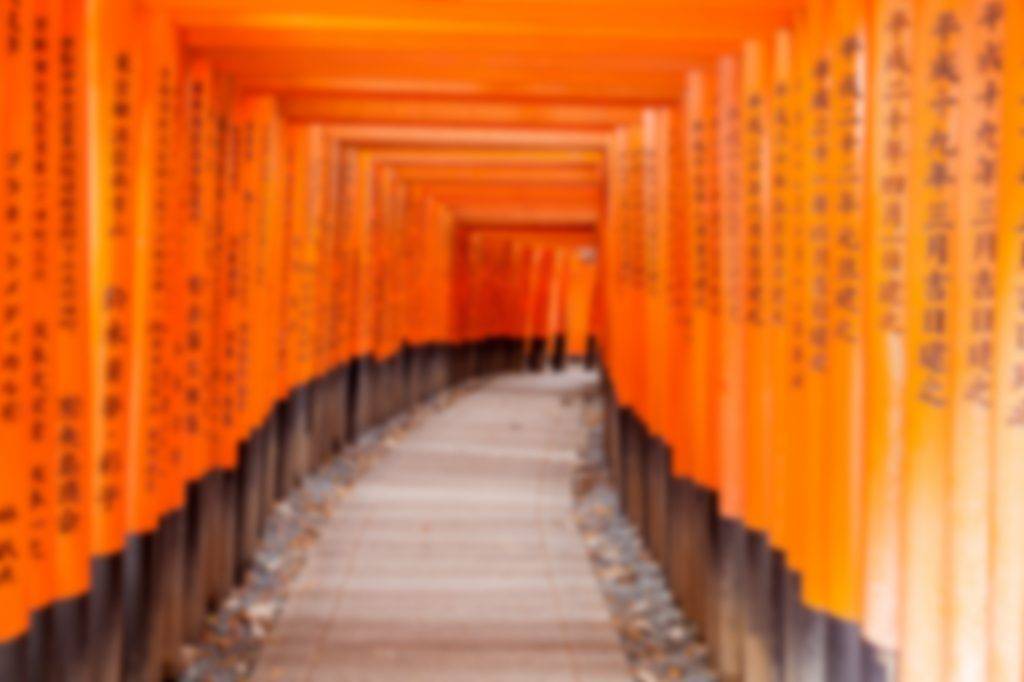Why Learn Chinese
It is almost symbolic of the Eastern hemisphere, no different from how the English language came to representation of the Western hemisphere before the onset of globalization.
The Chinese language is one of the oldest written languages still existing today with a startling (really?) statistical grand total of over hundred million speakers, which hardly comes off as surprising given its enduring and creative nature.
How enduring is the Chinese language? How creative is it? Now repeat those questions in past tense. How enduring WAS the Chinese language? How creative WAS it?
Chinese Language – born from the Stone Ages
The Chinese Language goes a long, long way back in Eastern history as far back as the primitive man. It is an invention that is almost as old as fire. It came into existence due to Man’s undying desire to communicate further and better than what was available to them then.
The first Chinese characters were born from ungainly strokes early Man etched on the soil with twigs. They were inelegant but gained purpose after Man started attaching meaning to them. It made life easier, somewhat but Man soon started growing dissatisfied with the limitations and desiring more.
Improved over time, but not by scholars
The late Qin Dynasty in ancient China saw drastic improvement in what we now know as the Chinese language. Who improved it? Surprise, surprise! It wasn’t the scholars… Rather, it was the farmers who came up with the improvements!
The first Chinese characters came into formation under their ingenuity. Using animal footprints and characteristics as templates, the farmers came up with a basic alphabet and writing system. Next, the scholars refined the technique by developing proper writing tools fit for their generation then: a brass basin filled with sand and a brass stick for writing the characters into the sand. This particular refinement elevated the writing and reading systems from commoners’ grounds to glory.
Under Confucius’ influence, the writing and reading systems gained a name: the Chinese language, as well as a glowing reputation for being dual symbolisms of refinement and literacy, personal traits that were highly valued by ancient Chinese throughout the different dynasties.
Mandatory education for the Chinese under the Han
Right after the Qin Dynasty, came the Han Chinese. It was during the Han Dynasty that the Chinese language and culture saw huge leaps and bounds in its technical and academic refinement. The Han Chinese emperors made education mandatory and advocated literacy in their people. The Han Chinese royal families poured in much money in refining the writing and reading systems and alphabet, speech and of course, the writing tools.
Chinese writing as both a literary and visual art
Here, the Four Gems of Calligraphy; the brush, the ink-stone, ink-stick and paper weight, were invented and welcomed into the scholar’s study as prized treasures. The Han Chinese scholars repackaged the alphabet and writing system. It became the Chinese calligraphy, a highly refined writing technique which remains a still-surviving Chinese folk-art (but we will talk about that later).
In improving their alphabet and writing, the Han Chinese took great inspiration from nature. They treated each and every stroke to a single character as a wondrous piece of art in itself in order to achieve artistic and poetic perfection. They believe that each and every stroke will make a new portrait in a newly-pieced character, which in turn, will make an entire museum of Chinese art in a sequence of Chinese characters.
This is exactly the reason why the Chinese people place so much artistic emphasis and temperament on their language and learning. Look at how much effort and inspiration they put in, in refining their technique and literature. The Han Chinese took the brass bin and stick and turned them into bamboo pieces. Eventually, writing on bamboo fell out of fashion and people took to writing on hemp grass instead, which was softer and required less storage space.
Finally, with the discovery of tree pulp, the first pieces of paper was invented. Like its predecessors, paper came from extremely humble origins. Funny, how the most illustrious of the Chinese alphabet and writing tools, the way we know them to be now, all started out humbly and unexpectedly.
Traditional Chinese meets modern Republicanism
The Chinese language came to a standstill as it drifted through the various dynasties. Through the fall of the Han, the rise of Tang where it saw a brief but powerful spike, all the way to the last of dynasties, the Qing Dynasty, the Chinese language went through a major overhaul under the influence of the Republic of China.
The Republican Chinese started out with the Traditional Chinese alphabet and writing system. It still exists today! And appears to be making a comeback. Despite the various alterations done to it, Traditional Chinese has not deviated much from its predecessors in terms of poetic sense and literary meaning.
As you can see, the Chinese language has garnered enough respect to serve as a template for its other variations, one of them being Traditional Chinese. Taiwan adopts the Traditional Chinese variation and added its own twist to it to make it their national language, and a mandatory subject to be studied at school!
Hong Kong, is yet another country, to have adopted the Chinese language and added her own unique elements to it, turning it into a Chinese dialect most commonly known as Cantonese. It reuses the Chinese character alphabet, writing and reading except for the pronunciation!
What variation of the Chinese language does Singapore use, you may ask? Well, we use a simplified variation simply known as ‘Simplified Chinese’. Alongside Traditional and Taiwanese Chinese, Simplified Chinese also counts as a national language in itself. Using a completely different, highly simplified character and writing system, Simplified Chinese has gained high popularity among language-lovers for its ease of learning and usage in daily life.


